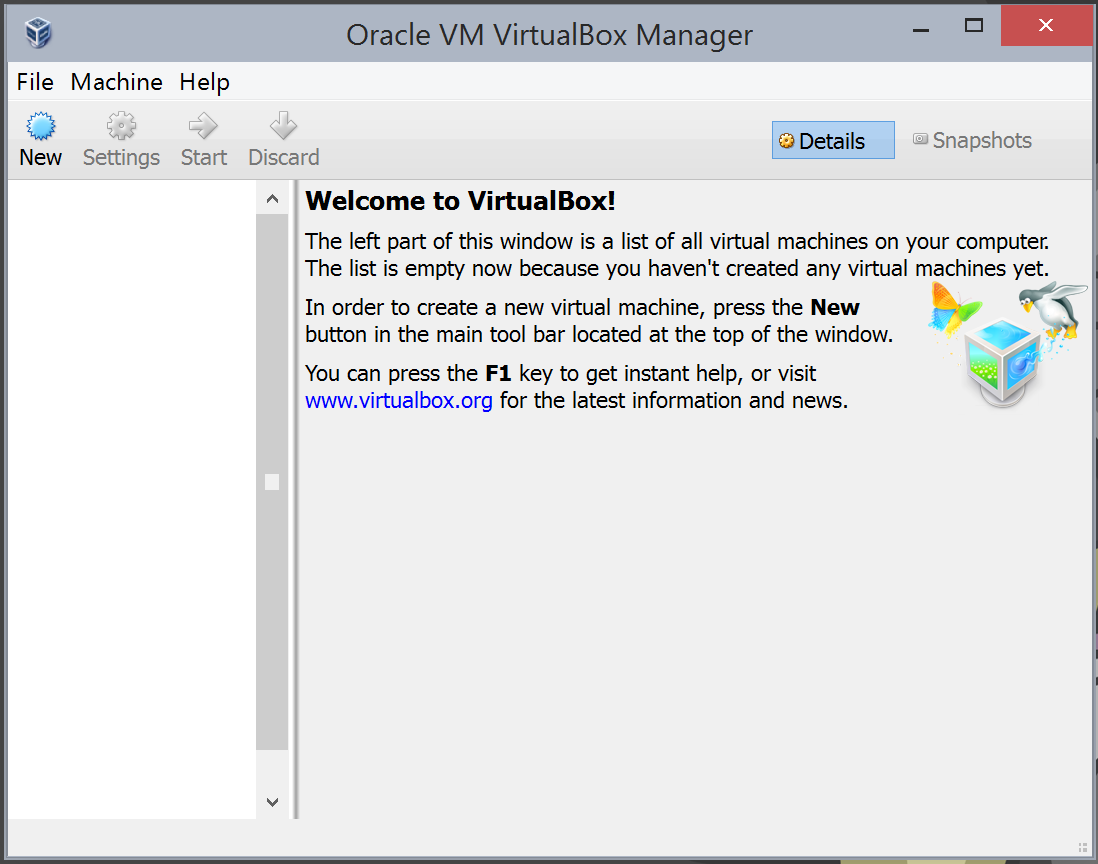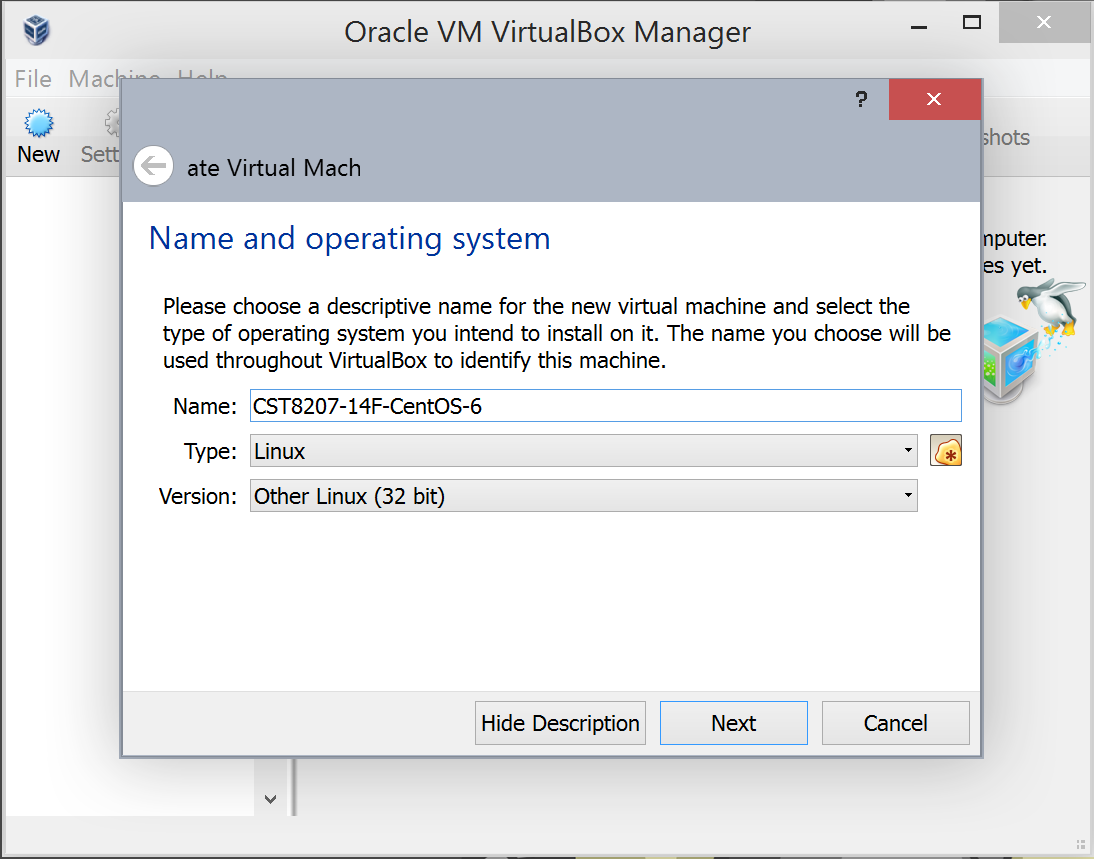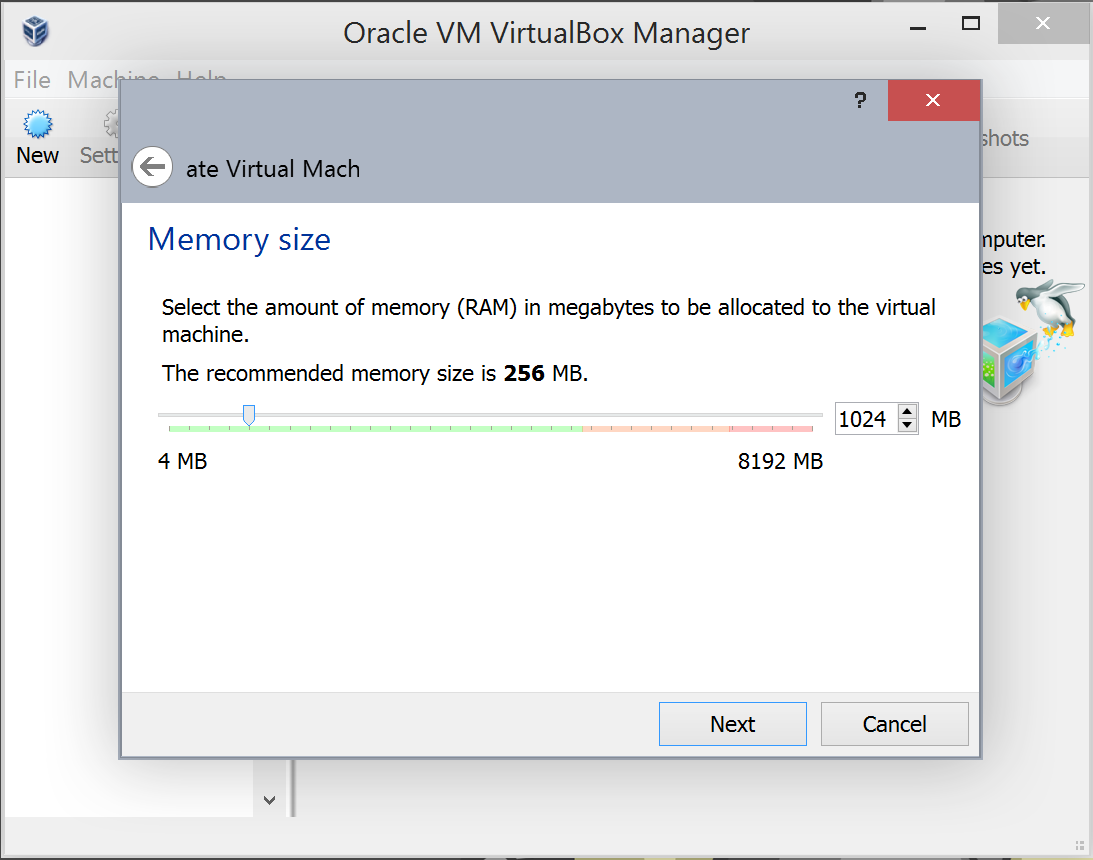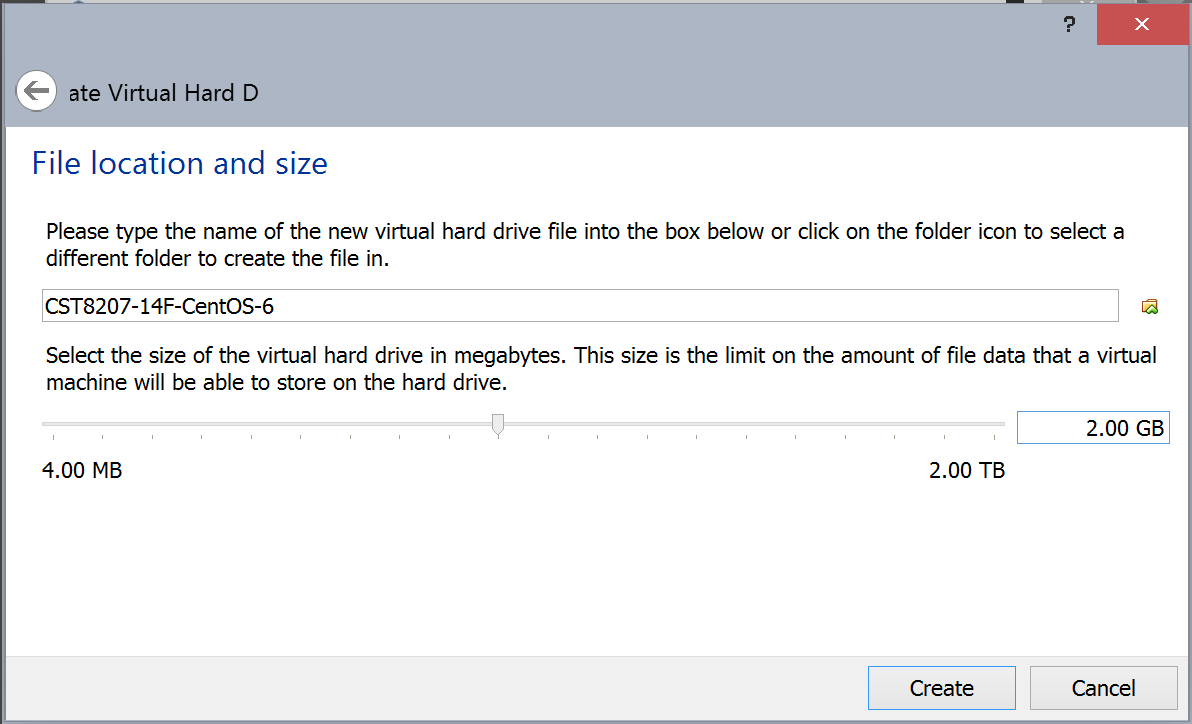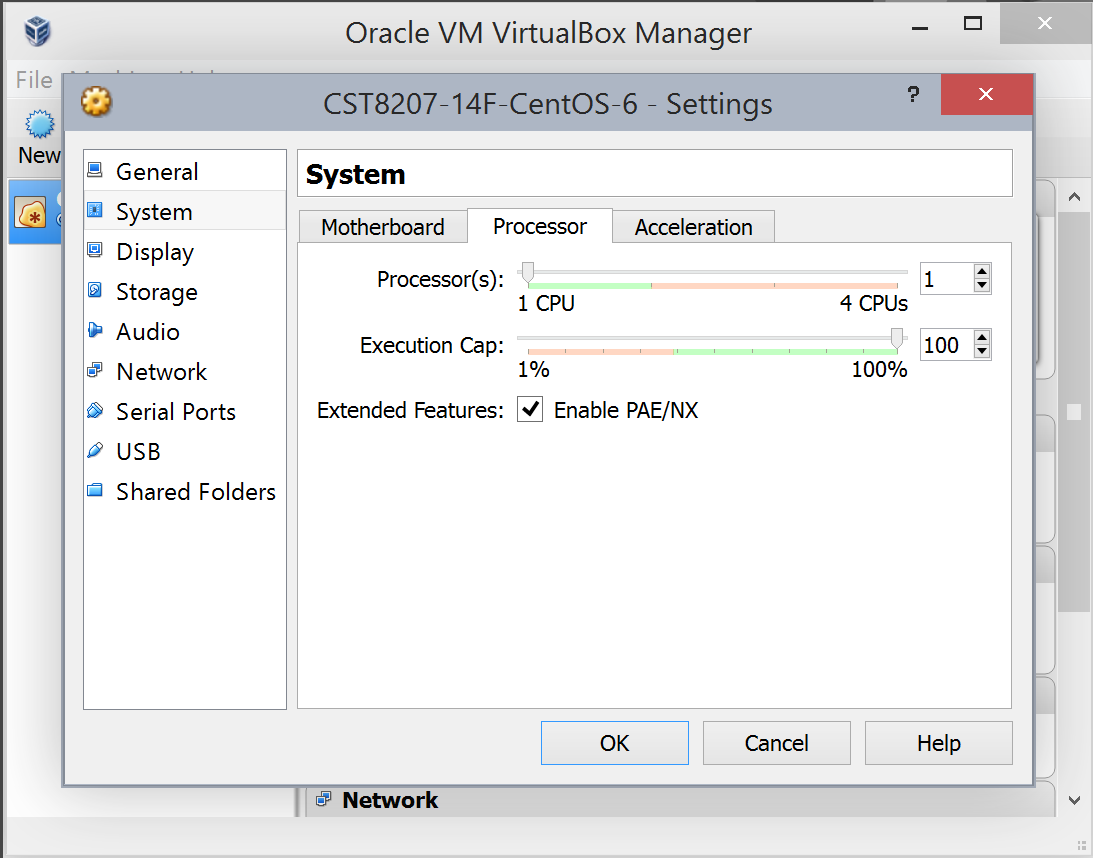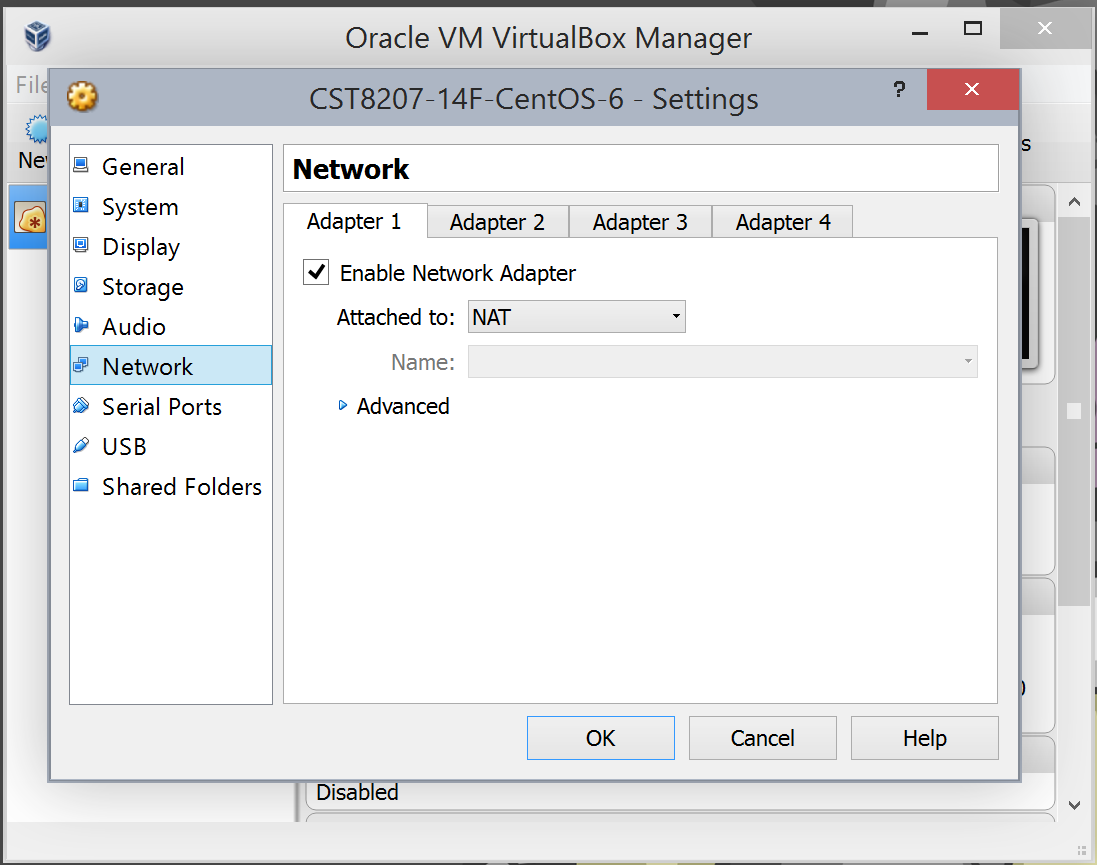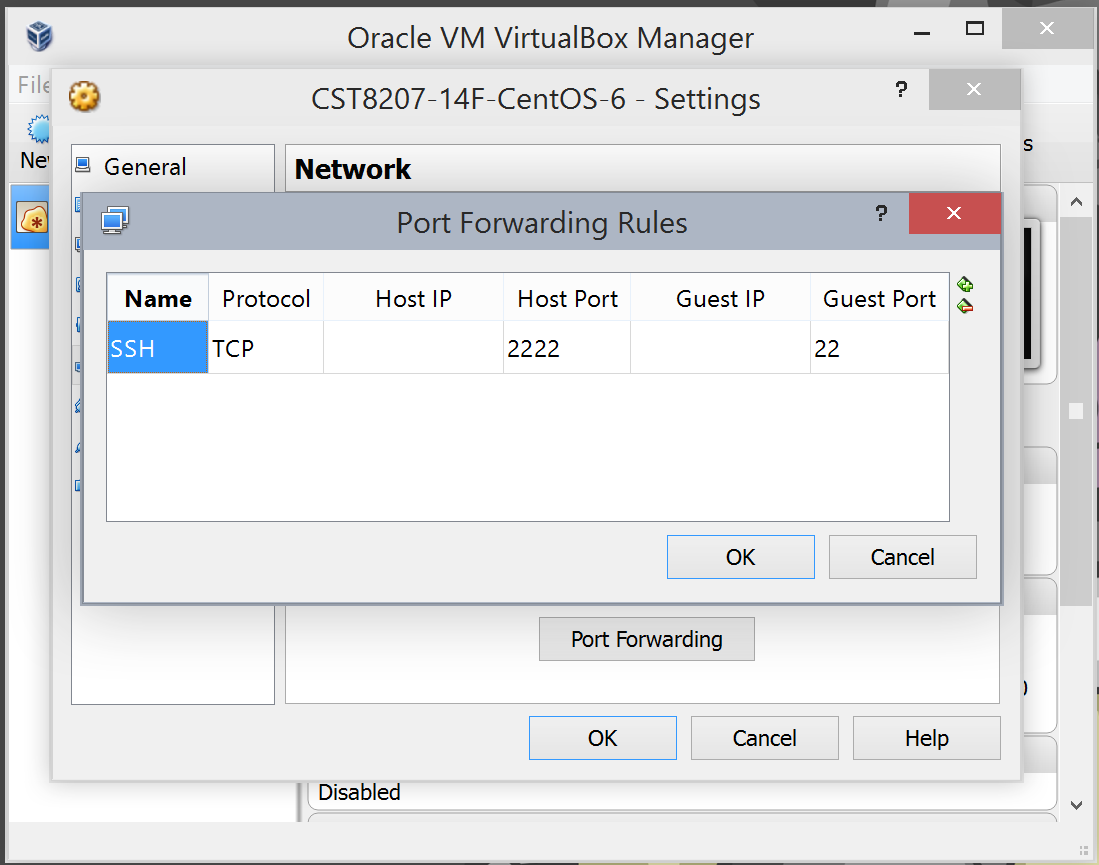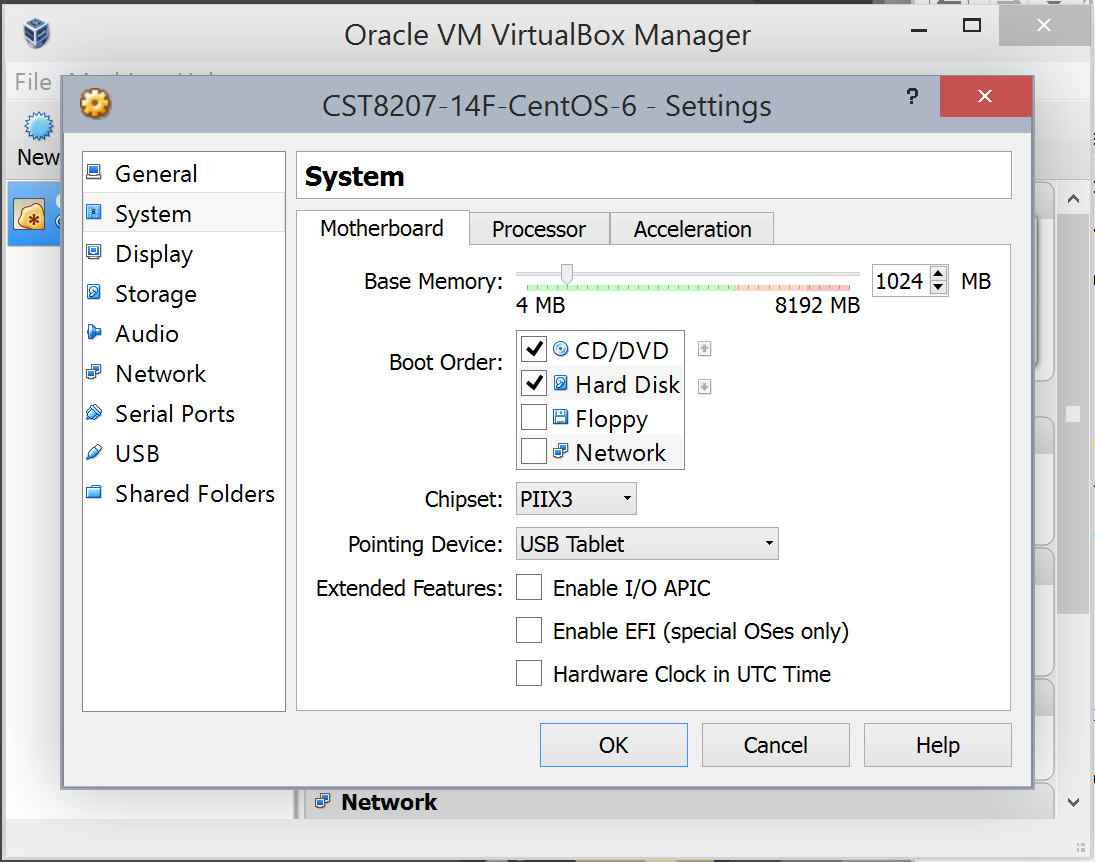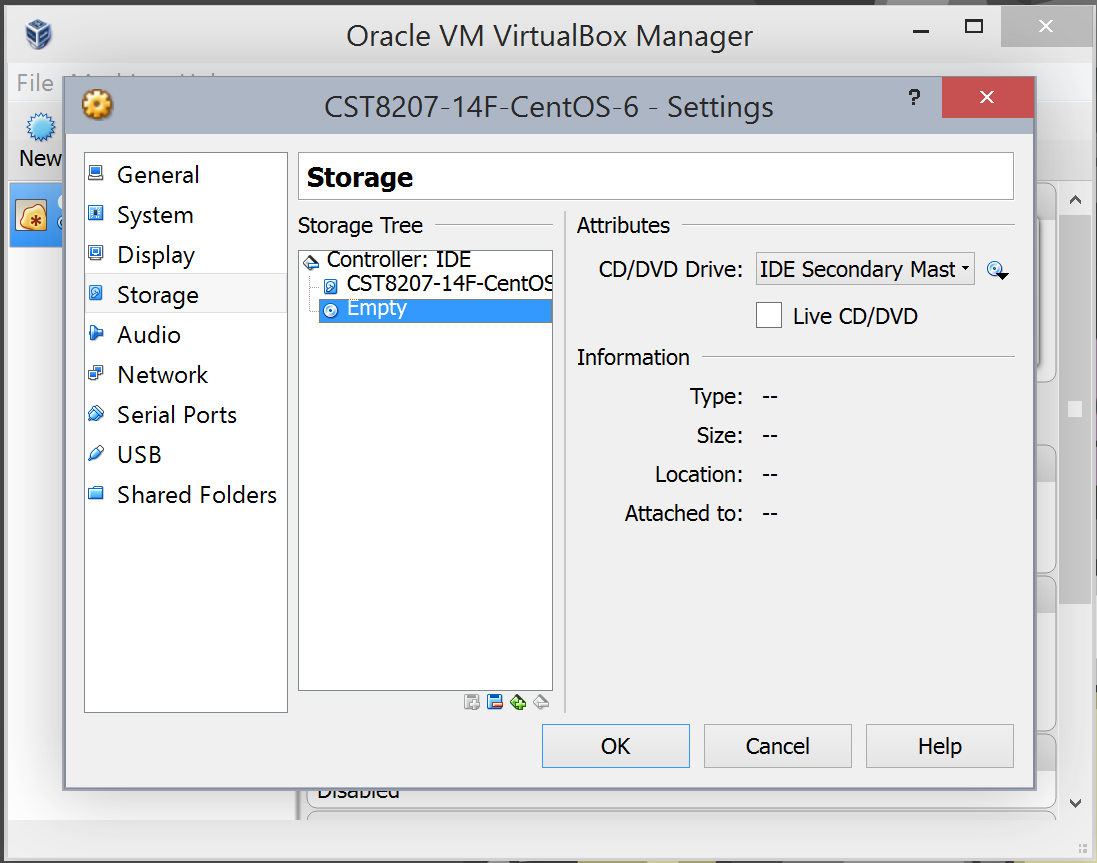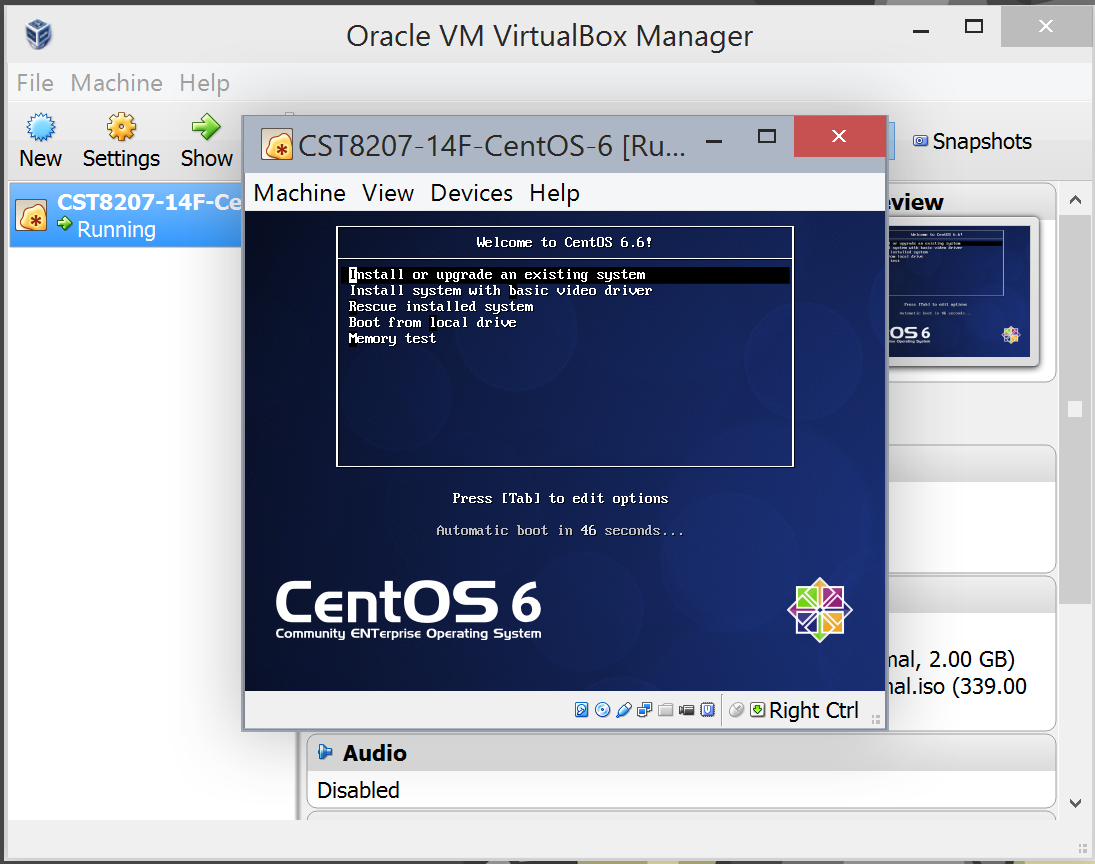Using SSH to connect to your VirtualBox VMIndex
Refer back to this section once you have installed CentOS and enabled networking.
You cannot connect from your Host O/S to the Virtual Box private address 10.0.2.15 of a virtual machine using NAT networking. You must use Port Forwarding with NAT networking under Virtual Box.
When using Putty or any other client SSH program on your Host O/S to connect to this Virtual Box virtual machine, set up Port Forwarding in your VM and then use the following settings in your SSH client program to connect to the VM:
Host: 127.0.0.1Port: 2222 (or whatever port forwarding port number you chose, above)
For this client connection to work:
- You must have created a Network Port Forwarding rule in your CentOS virtual machine that forwards the
2222 port on your local Host O/S machine to port 22 at the private IP address of the running Virtual Box VM.
- You must have enabled Networking in your CentOS virtual machine.
- The
sshd service must be available in your CentOS virtual machine.
If you have multiple Virtual Box virtual machines using NAT networking, you must give each one a different local Host Port number. (Choose host port numbers above 1024 if running Virtual Box unprivileged under Linux or MacOSX.)

